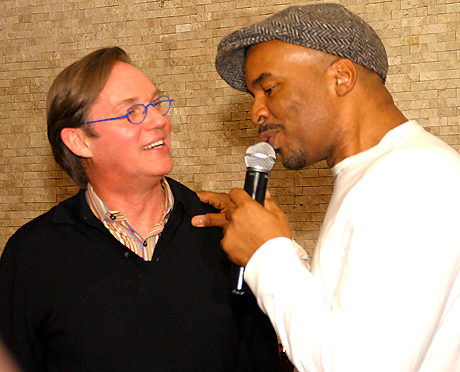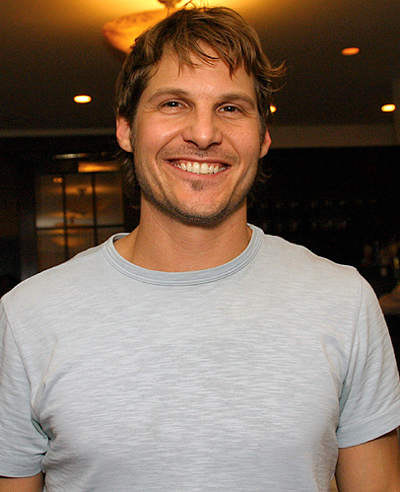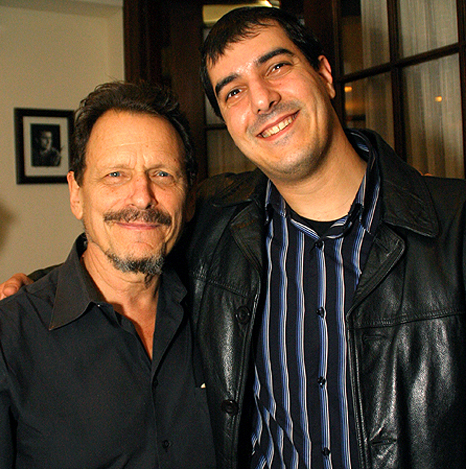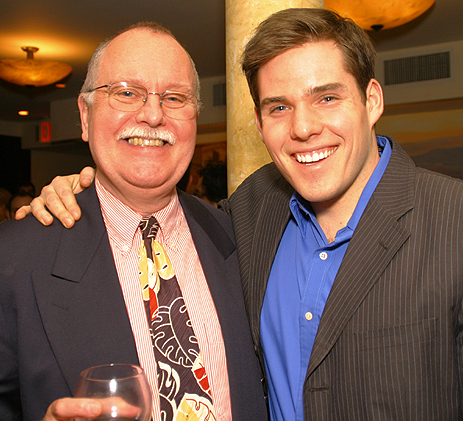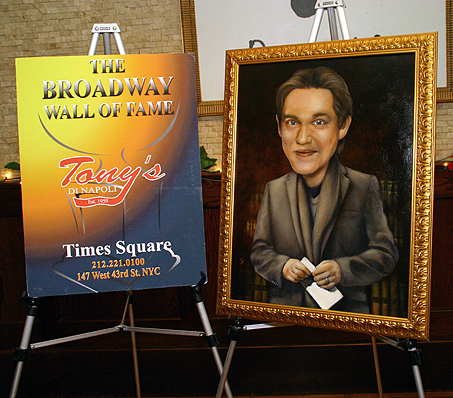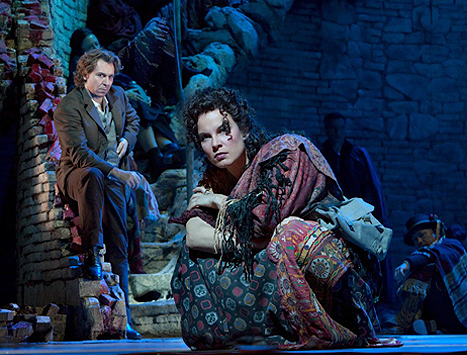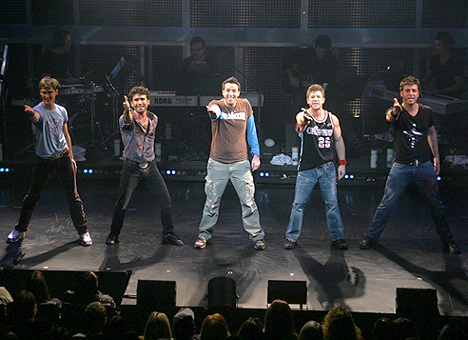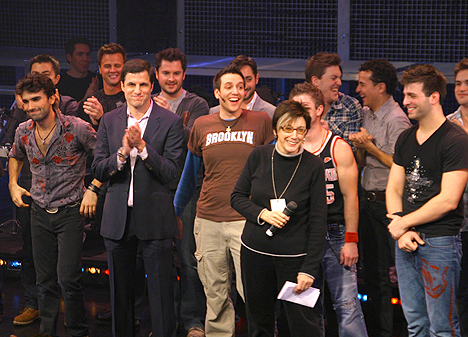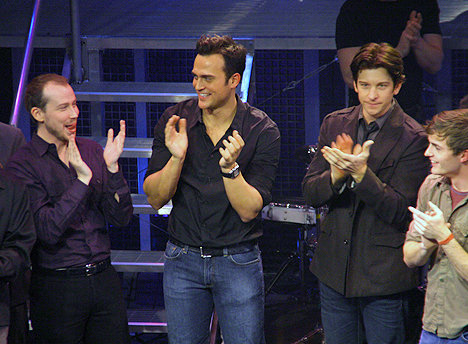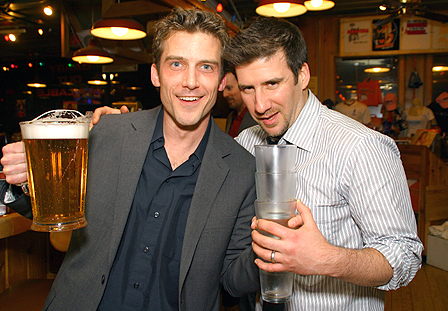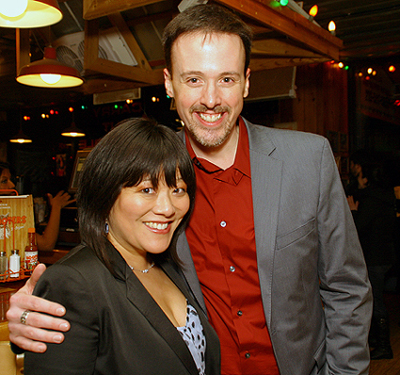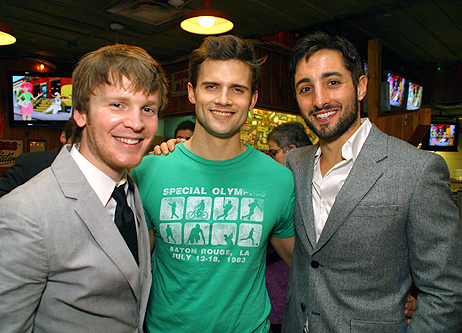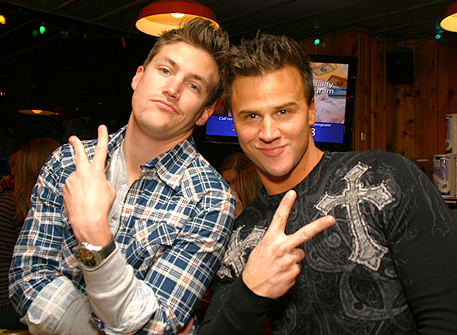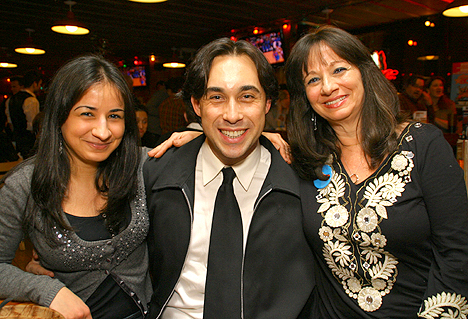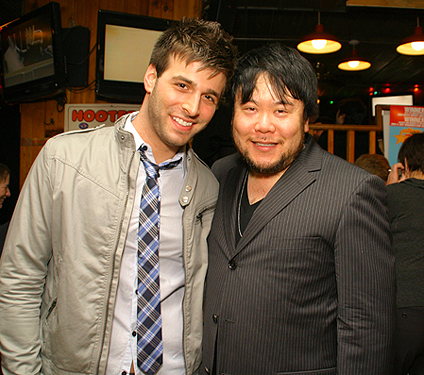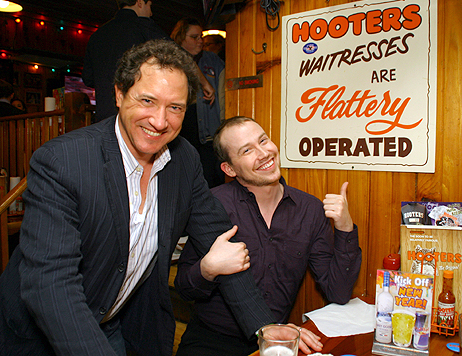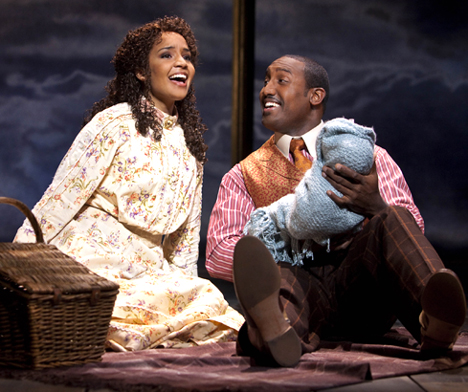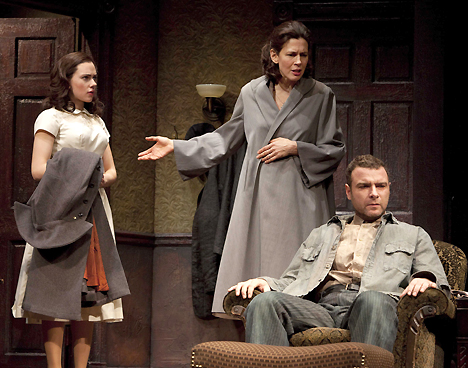
What A View From the Bridge Taught Me (and Re-Taught Me)
Prior to attending Arthur Miller's A View From the Bridge at the Cort, I had seen the first two Broadway revivals of the play, and I directed a community theater production on Staten Island in 1988. So I guess I went into the current View thinking I knew pretty much all there was to know about the play, and -- human nature being what it is -- I had certain expectations regarding this production, based on the personnel involved. As it turned out, my experience taught or re-taught me a lot about this work in particular and theater in general:
1) A View From the Bridge is a great play
Not a flawless play -- but really, how many works of art are flawless? In case you aren't familiar with View, it's a slice-of-life drama set in Red Hook, Brooklyn in the 1950s. The central character is a guy named Eddie Carbone, who lives with his wife, Beatrice, and his niece, Catherine. Trouble ensues when Eddie agrees to harbor Beatrice's cousins Marco and Rodolpho, illegal immigrants from Sicily. Catherine and Rodolpho quickly fall in love -- a huge problem, since Eddie has a deep-seated passion for the girl, though he can't bring himself to admit it. As the weeks and months pass, Eddie's jealousy reaches the boiling point, with deadly consequences.
Some critics rate View among Miller's lesser works, coming down on its purportedly melodramatic aspects and considering it a noble but failed attempt at writing the modern-day equivalent of a Greek tragedy. But the way I see it, the play's great strength -- Miller's wholehearted understanding of exactly how these poor, decent people would behave in such a fraught situation -- far outweighs any weaknesses. The very fact that the current production marks View's fourth time on Broadway indicates that its power to move audiences is undiminished.
2) Liev Schreiber is one of the finest stage actors of his generation.
The best compliment I can give to Schreiber's performance as Eddie Carbone is that I was riveted from start to finish even though I disagree with with many of his acting choices. When I directed View, I thought it was important for Eddie to appear very happy in the first couple of scenes -- almost jovial at moments, and with a great sense of humor -- in order to give the character a major arc and make his eventual deterioration into a desperate, rage-filled shell of a man all the more heartbreaking. Under the direction of Gregory Mosher, Schreiber takes another approach: He plays Eddie as almost taciturn, with bottled-up emotions that bubble to the surface only in extremis. It's not the choice I would make as an actor or endorse as a director, and it may sound like it wouldn't work at all -- but, somehow, Schreiber makes it work through sheer commitment and laser-sharp focus.
3) When a hot young movie star with little or no stage experience is tapped to play a major role on Broadway, the results aren't always disastrous -- and, sometimes they're fabulous.
Scarlett Johansson gives a wonderfully touching and skillful performance in the tricky role of Eddie's niece, Catherine. De-glamorized with a dark, '50s-style brunette wig and light makeup, she's entirely credible as a 17 year old, mid-20th-century Italian-American girl who grew up in Red Hook, complete with a flawless Brooklyn accent. My theater companion remarked that she disappears into the role in the best sense possible; not having read the Playbill in advance, he didn't even realize the young lady playing Catherine was Johansson until several scenes had gone by and it dawned on him that it must be her, because it was getting way too late in the show for another major character to appear. So brava, Ms. J., and welcome to Broadway.
4) An excellent actor can play a problematic role so well that it doesn't seem problematic at all.
Another element of A View From the Bridge that has often been criticized is the role of Alfieri, a lawyer who also functions as a sort of one-man Greek chorus. Looking back at the first two Broadway revivals, Robert Prosky was terrific as Alfieri in 1983, but the part defeated Stephen Spinella in 1997. (I didn't see his successor, Robert LuPone.) When I directed View, the actor who played Alfieri got away from me, falling into the trap of speaking his lines with ripe classical tone and heavy tragic import. At the Cort, Michael Cristofer succeeds by going in the opposite direction; his Alfieri is a fellow who was smart enough to earn a law degree but whose articulate speech nevertheless retains the rhythms, cadences, and accent of a Brooklyn street kid. As a result, even the purplest lines of the character's monologues sound quite natural coming from his lips, and don't seem like they were swiped from a 1950s adaptation of Oedipus Rex.
5) With any luck at all, a talented and well-respected actress will never be out of a job for long.
Earlier this season, Jessica Hecht did beautiful work as Blanche in the short-lived Broadway revival of Brighton Beach Memoirs. Happily, she was snapped up by Mosher and company for View, in which she's perfection as Beatrice. If you see the show and you can manage to tear your eyes off of Schreiber and Johansson while they're speaking, note how much Hecht communicates with her eyes and body language alone. An outstanding performance.

